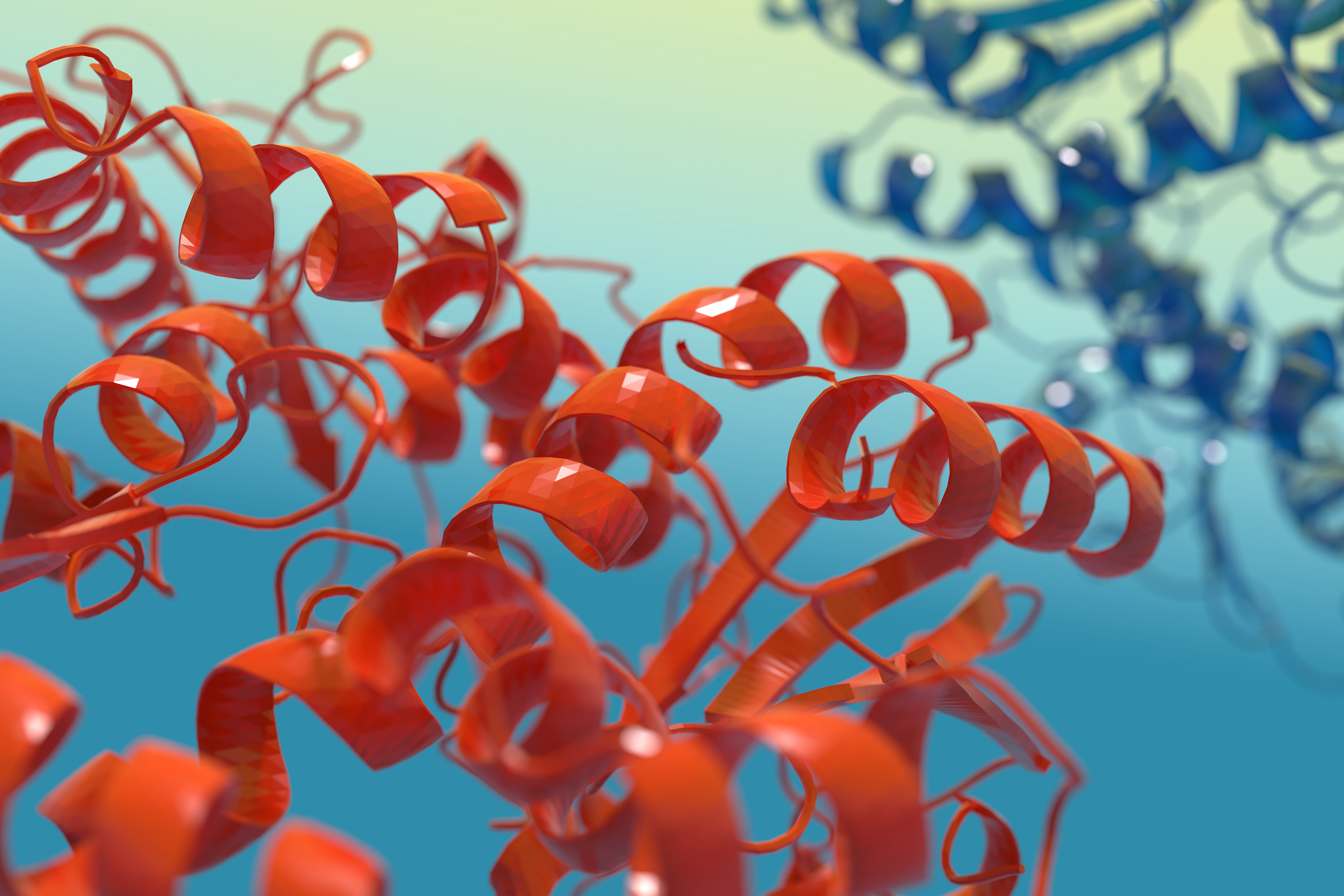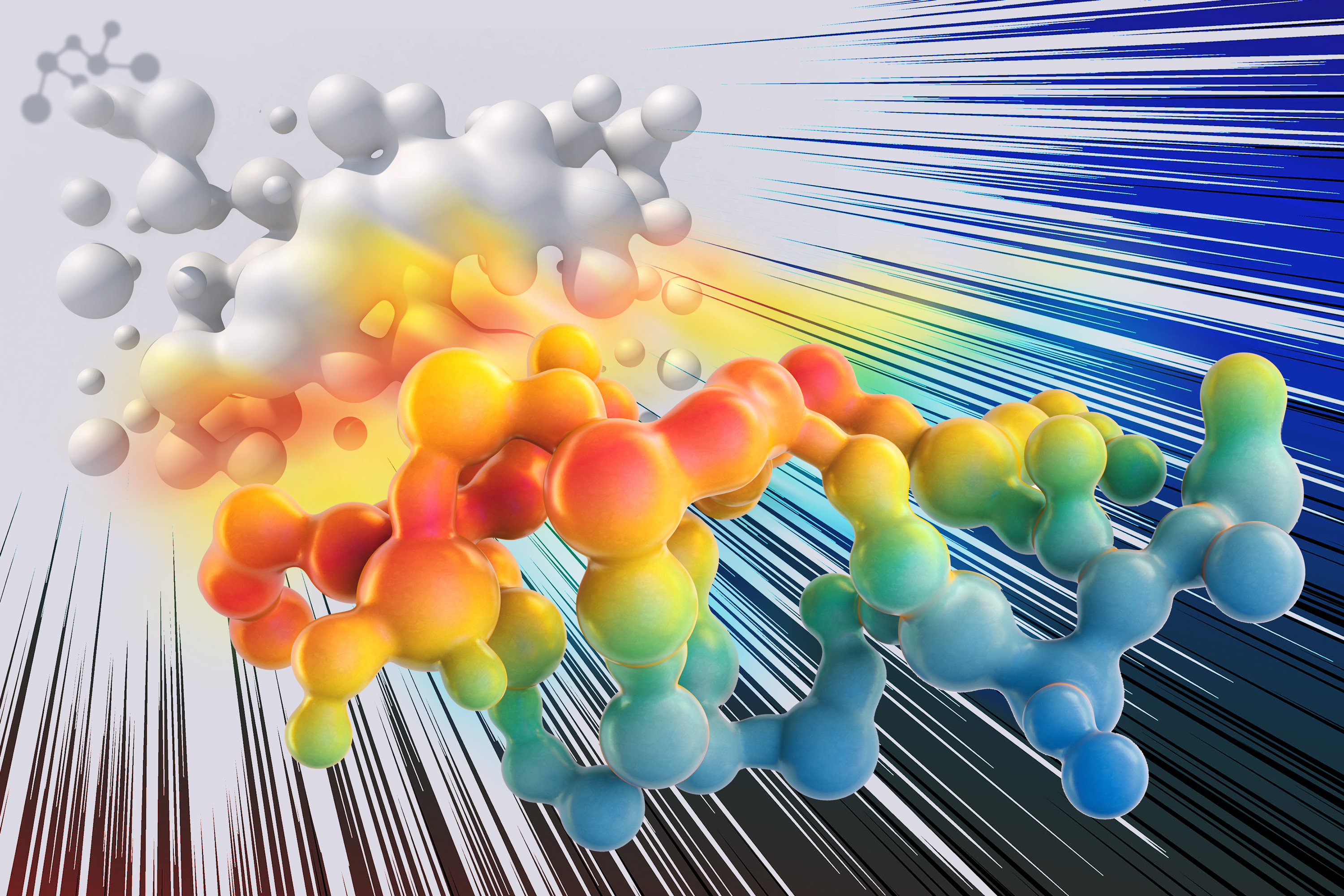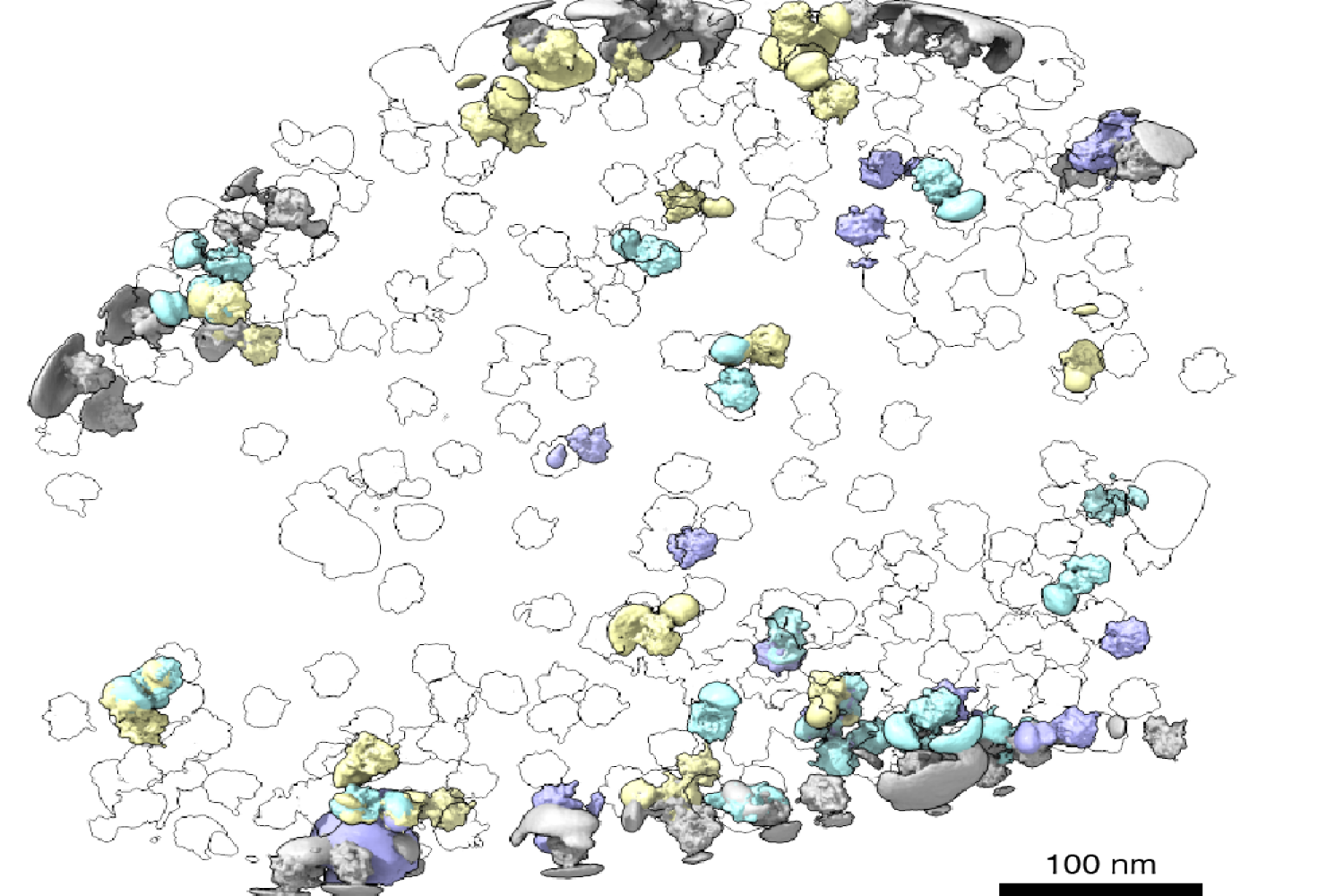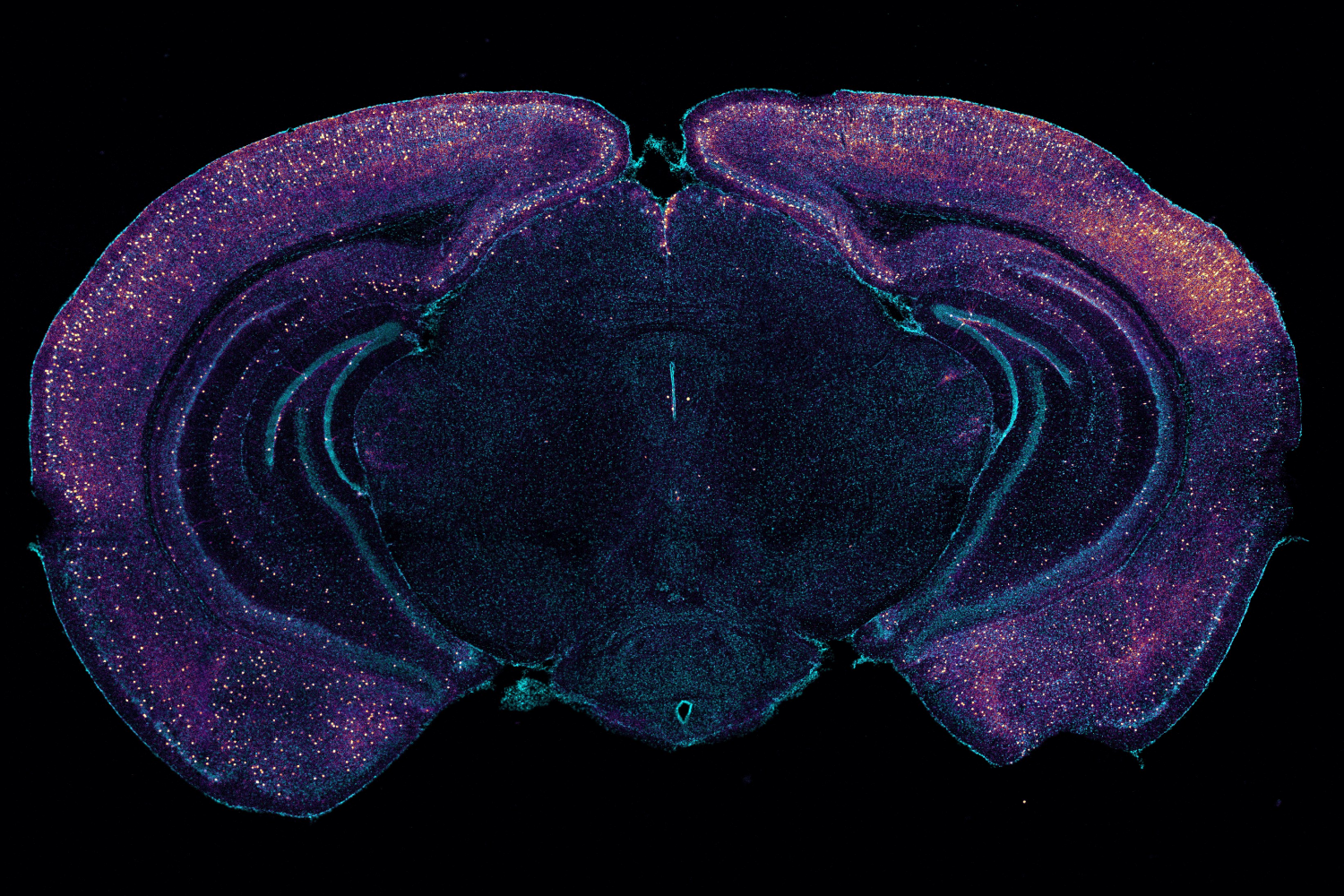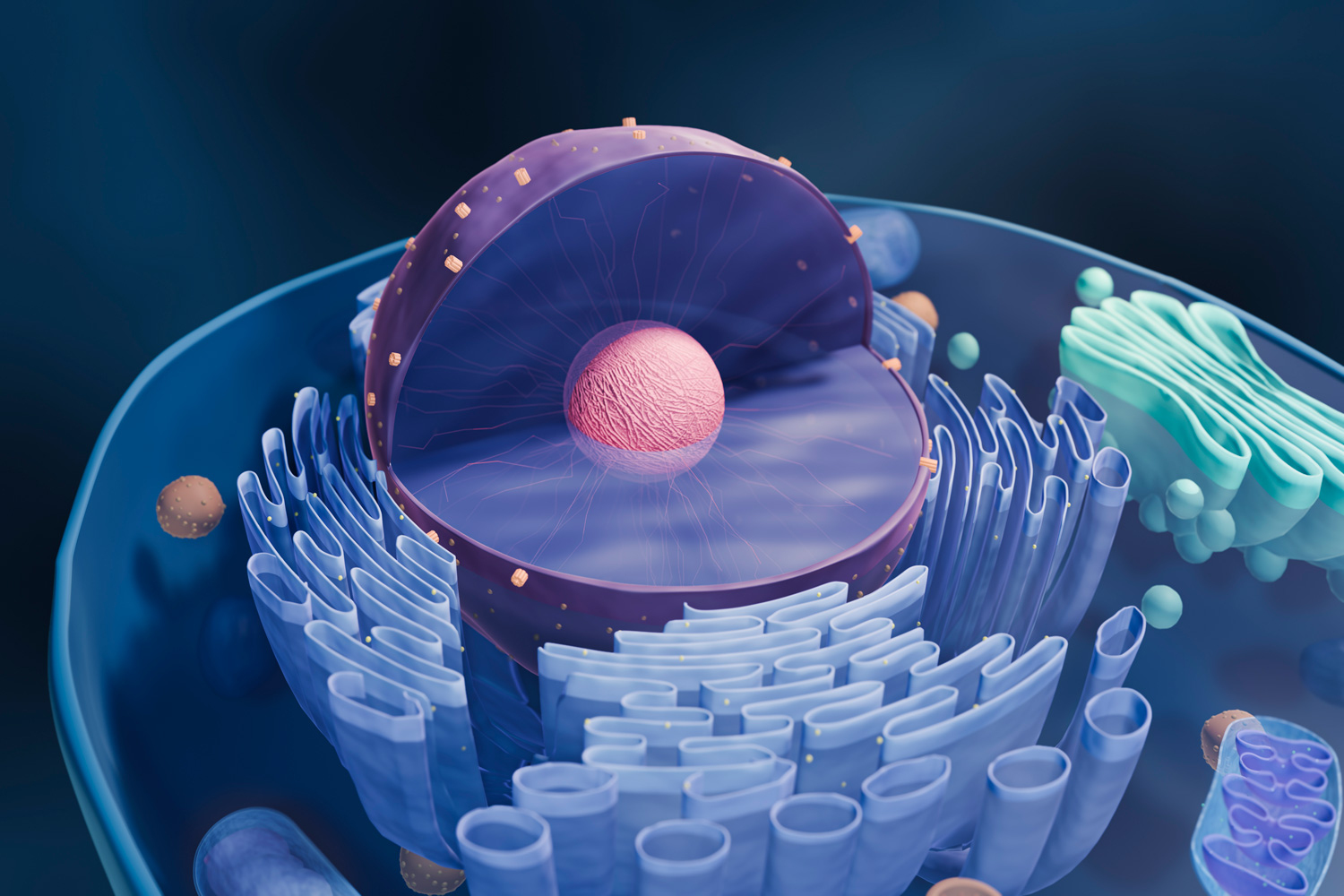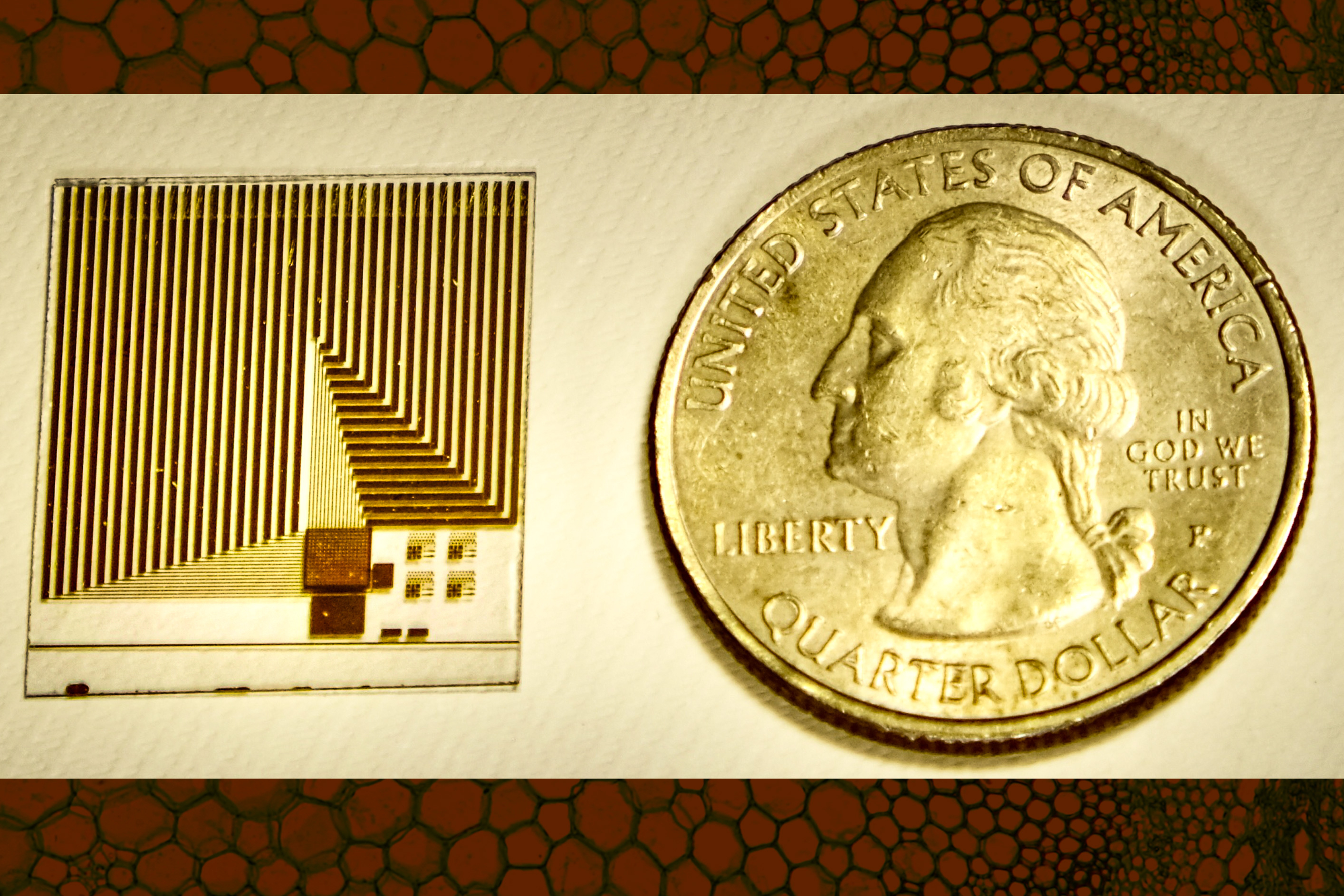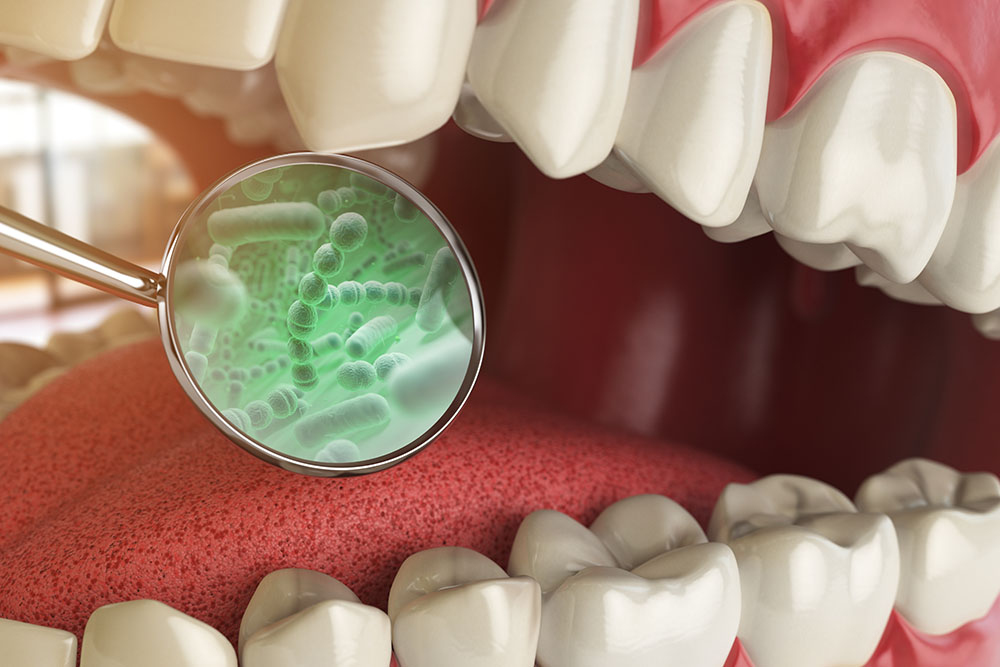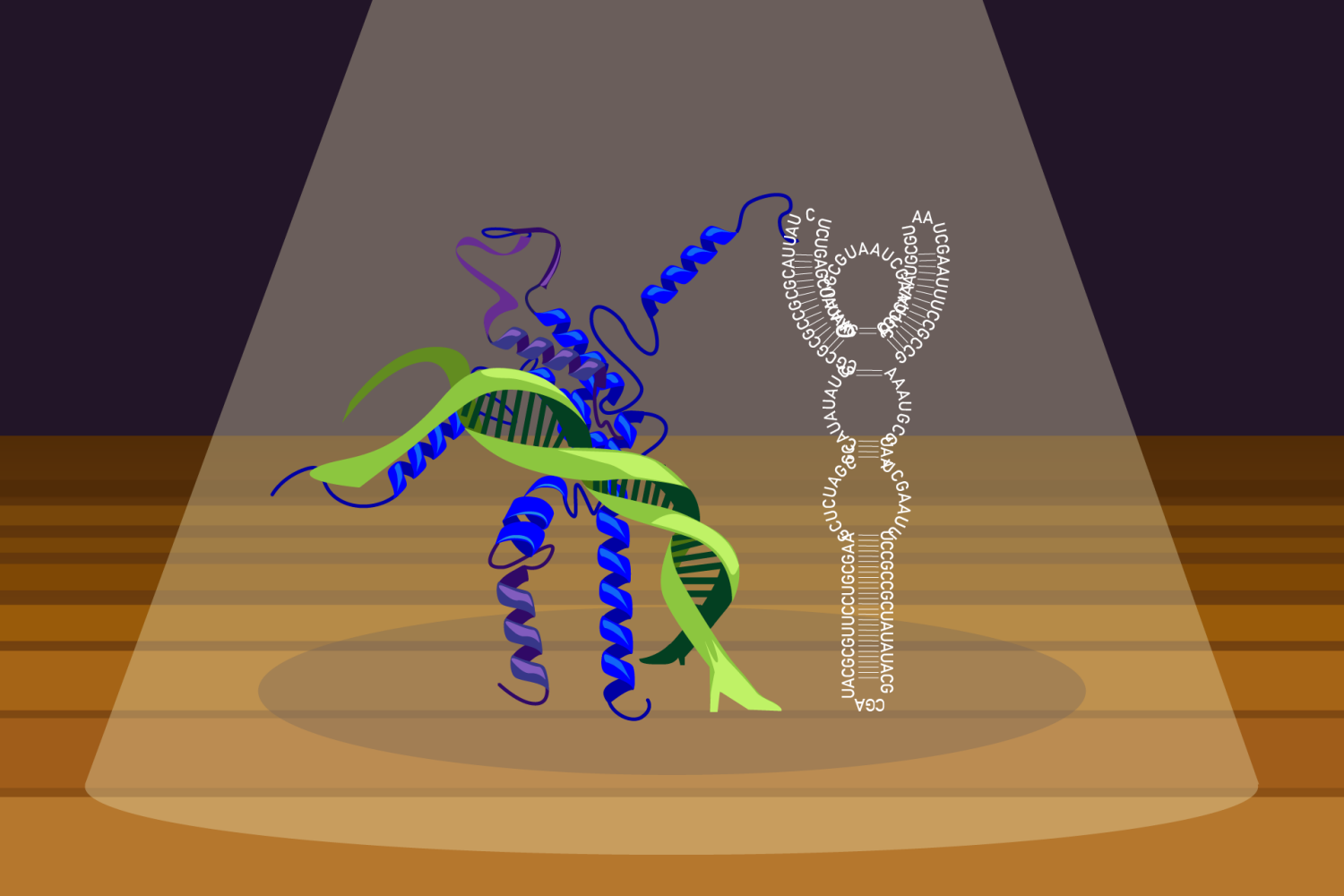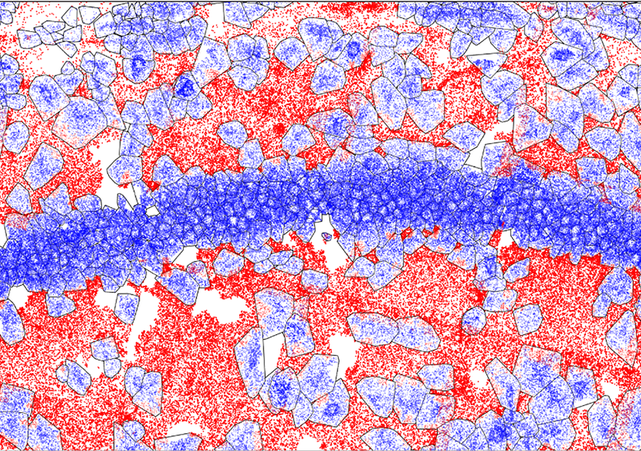How sensory gamma rhythm stimulation clears amyloid in Alzheimer’s mice
Study finds stimulating a key brain rhythm with light and sound increases peptide release from interneurons, driving clearance of an Alzheimer’s protein.
David Orenstein | The Picower Institute for Learning and Memory •
mit
March 7, 2024 • ~8 min
March 7, 2024 • ~8 min
It takes three to tango: transcription factors bind DNA, protein, and RNA
Whitehead Institute researchers find many transcription factors bind RNA, which fine-tunes their regulation of gene expression, suggesting new therapeutic opportunities.
Greta Friar | Whitehead Institute •
mit
July 17, 2023 • ~7 min
July 17, 2023 • ~7 min
Scientists pinpoint where thousands of individual proteins are made in intact tissue and single cells
A new technology called RIBOmap can give researchers valuable insight into how protein production in animal and human tissue is altered in disease.
Sarah C.P. Williams | Broad Institute •
mit
July 14, 2023 • ~6 min
July 14, 2023 • ~6 min
/
6

